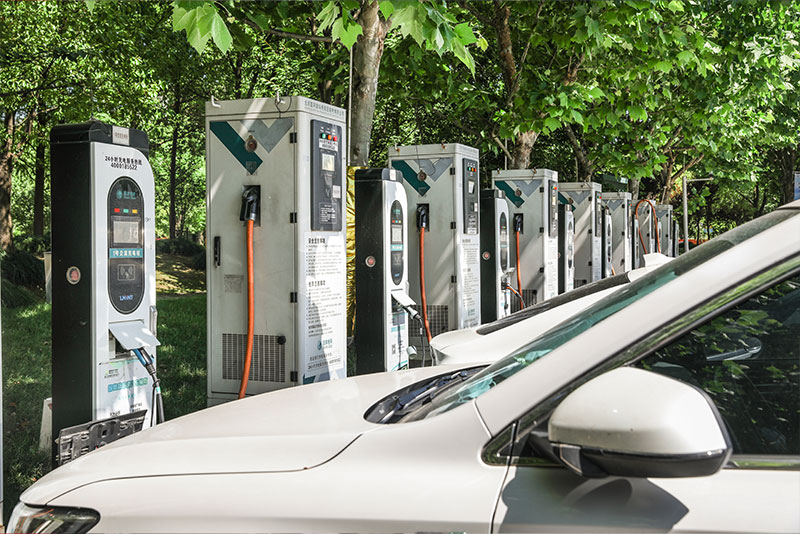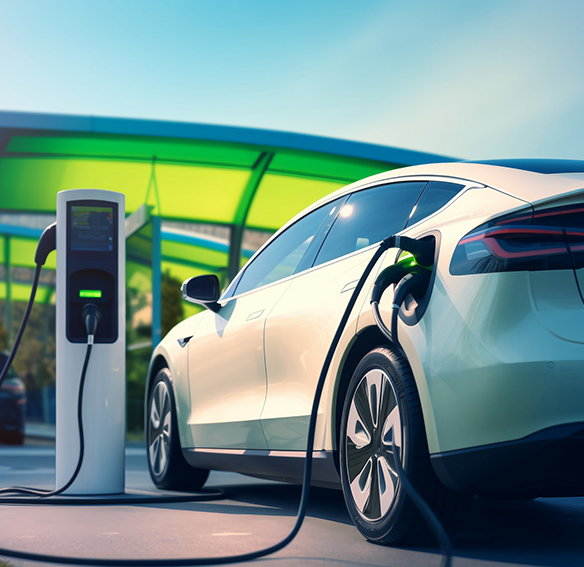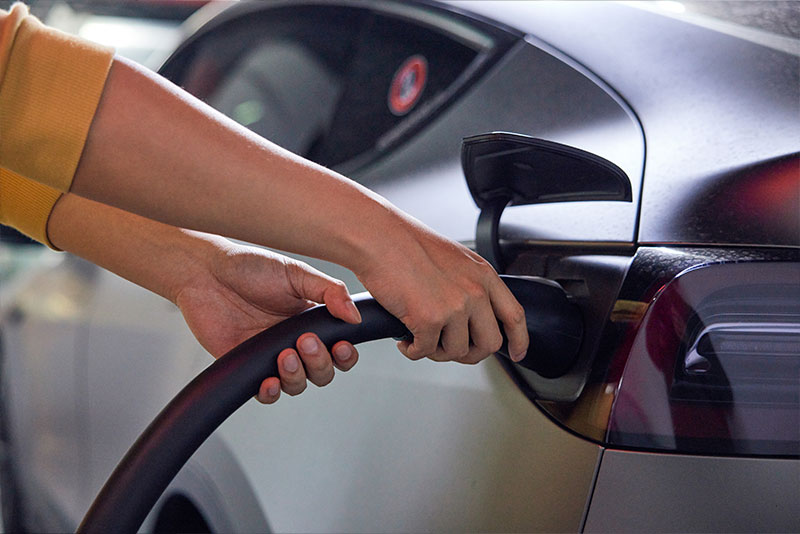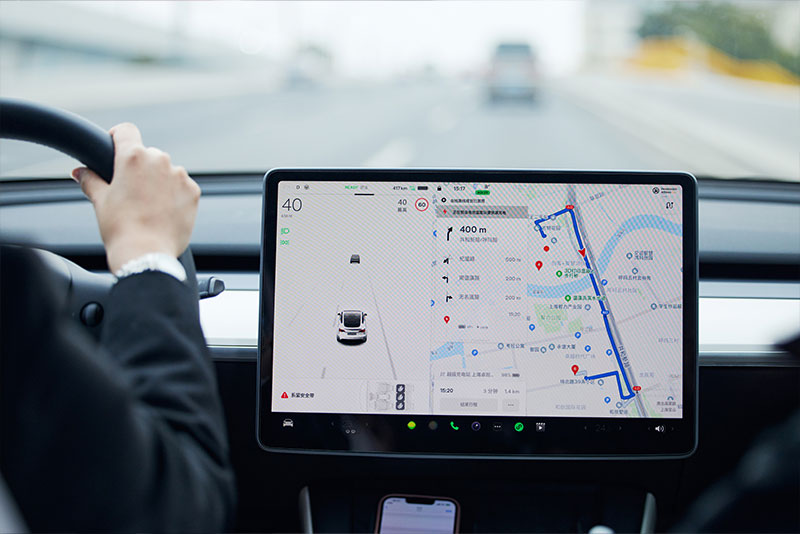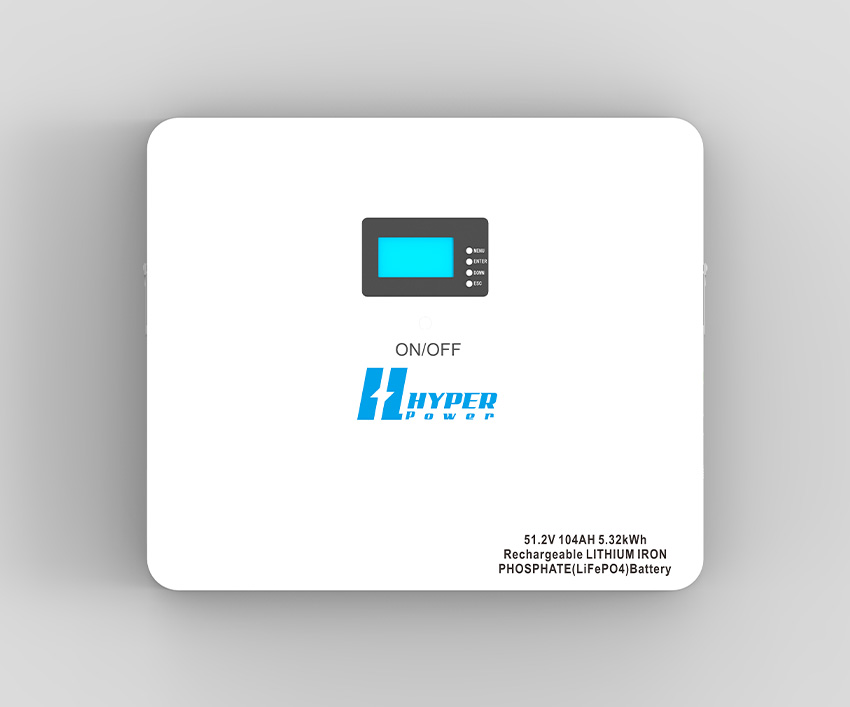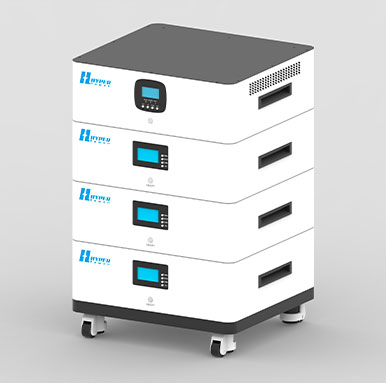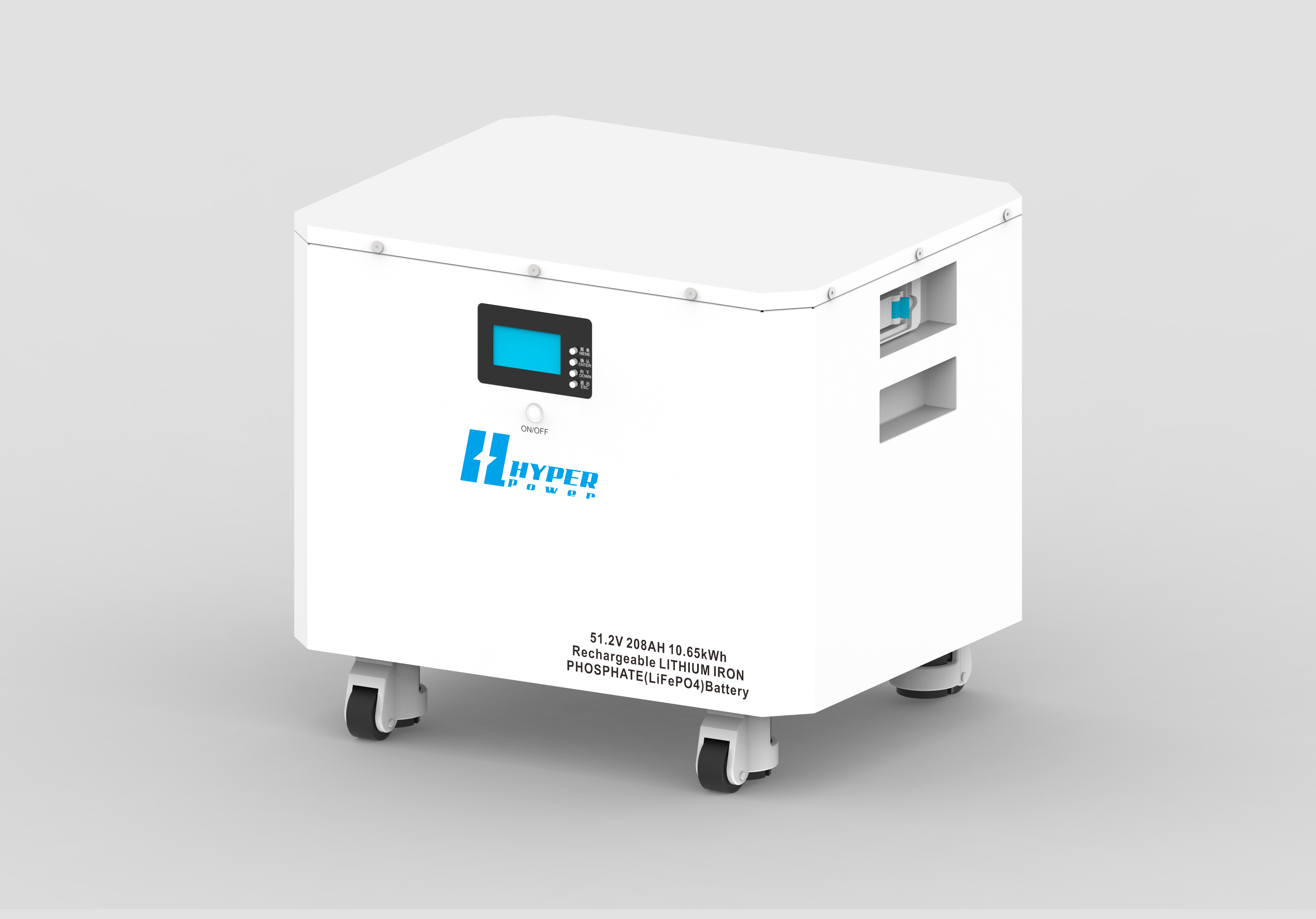How to Replace Lead-Acid Batteries with Lithium in Cars
Explore the benefits, installation process, key considerations, and maintenance tips for replacing lead-acid batteries with lithium in cars.
As automotive technology evolves, lithium batteries are emerging as a superior alternative to traditional lead-acid batteries. Car owners seeking enhanced performance, longevity, and efficiency are increasingly opting to replace their lead-acid batteries with lithium counterparts. In this comprehensive guide, we will explore the benefits, installation process, key considerations, and maintenance tips for replacing lead-acid batteries with lithium in cars.
Why Replace a Lead-Acid Battery with Lithium?
Lithium batteries offer several advantages over conventional lead-acid batteries, making them a compelling upgrade. Here are some key benefits:
1. Enhanced Energy Density
Lithium batteries deliver significantly higher energy density than lead-acid batteries. This allows them to store more energy in a smaller, lighter package. As a result, vehicles benefit from improved acceleration, better fuel efficiency (in hybrid cars), and enhanced overall performance. The reduced battery weight can also enhance handling, especially in performance vehicles.
2. Longer Lifespan
A typical lithium battery lasts 3 to 5 times longer than a lead-acid battery, often exceeding 2,000 charge cycles. Unlike lead-acid batteries that degrade faster when left partially charged, lithium batteries maintain their performance over time, even with inconsistent charging habits.
3. Faster Charging
Lithium batteries support rapid charging technology, reducing downtime and ensuring your vehicle is ready to go in less time. With a compatible charger, lithium batteries can charge up to 80% in less than an hour, making them ideal for users with demanding schedules.
4. Weight Reduction
Lithium batteries are significantly lighter than lead-acid ones, sometimes up to 70% lighter. This reduction in weight enhances the vehicle’s power-to-weight ratio, resulting in improved acceleration, braking, and handling.
5. Consistent Voltage Output
Unlike lead-acid batteries, lithium batteries maintain a steady voltage throughout their discharge cycle. This ensures stable power delivery to critical electrical systems, such as infotainment units, sensors, and fuel injection systems, enhancing vehicle reliability.
6. Eco-Friendly
Lithium batteries are more environmentally friendly than lead-acid models. They contain fewer toxic materials and are easier to recycle, reducing environmental hazards during disposal. Additionally, their longer lifespan contributes to reduced battery waste.

Types of Lithium Batteries Suitable for Cars
When replacing a lead-acid battery in your car, these lithium battery types are the most common options:
1. Lithium Iron Phosphate (LiFePO4)
Known for stability, safety, and longevity.
Excellent heat resistance and minimal risk of thermal runaway, making it ideal for vehicles operating in warm climates or under high load conditions.
Best suited for conventional cars, RVs, and off-grid solar setups.
2. Lithium Nickel Manganese Cobalt Oxide (LiNiMnCoO2 or NMC)
Offers a balance of energy density, safety, and lifespan.
Often used in modern EVs and hybrid vehicles.
Provides high power output and fast-charging capabilities, making it ideal for performance cars and energy-intensive systems.
3. Lithium Titanium Oxide (LTO)
Provides rapid charging capabilities and exceptional durability.
Ideal for applications requiring frequent deep discharges.
Known for extreme temperature tolerance and ultra-fast charging times, suitable for high-performance systems or fleet vehicles.
Steps to Replace a Lead-Acid Battery with a Lithium Battery
Replacing a lead-acid battery with a lithium battery requires careful planning and attention to detail. Follow these steps for a successful conversion:
Step 1: Select the Right Lithium Battery
Choose a lithium battery that matches your car's voltage, terminal design, and capacity requirements.
Verify compatibility with your vehicle’s charging system to avoid damaging the new battery or vehicle electronics.
Consider investing in a Battery Management System (BMS) for enhanced protection.
Step 2: Prepare Your Workspace
Park your vehicle in a safe, dry location away from flammable materials.
Disconnect the vehicle’s electrical systems and switch off the ignition.
Wear safety gloves and goggles to protect yourself from electrical hazards and battery chemicals.
Step 3: Remove the Old Lead-Acid Battery
Disconnect the negative terminal first, followed by the positive terminal, to minimize the risk of electrical shorts.
Carefully lift out the old battery and clean the battery tray to remove corrosion, rust, or dirt that could affect the new battery’s connections.
Step 4: Install the Lithium Battery
Position the new lithium battery securely in the tray to prevent movement during driving.
Connect the positive terminal first, followed by the negative terminal, to reduce the risk of sparks.
Ensure all connections are tight, corrosion-free, and secure.
Step 5: Test the Electrical System
Start your vehicle and check for stable voltage output using a multimeter.
Test your car’s lights, radio, sensors, and other electronics to ensure proper functionality.
Monitor voltage levels for the first few days to confirm compatibility.
-Charging.png)
Important Considerations Before Replacing Your Battery
Before transitioning from lead-acid to lithium, consider the following factors:
1. Charging System Compatibility
Ensure your car’s alternator is compatible with lithium batteries to avoid charging issues.
Some vehicles may require a DC-DC converter or a Battery Management System (BMS) to regulate voltage and prevent overcharging.
2. Cold Weather Performance
Lithium batteries can struggle in extremely low temperatures. Installing a heated lithium battery or insulation may improve performance in cold climates.
For vehicles frequently used in winter conditions, choose lithium batteries designed with built-in heaters or specialized cold-weather features.
3. Battery Size and Fit
Lithium batteries often have different dimensions from lead-acid models. Check for space adjustments to ensure a proper fit. Using foam spacers or mounting kits can help secure your new battery.
4. Voltage Protection
Lithium batteries are sensitive to overcharging and excessive discharge. Investing in a BMS ensures your battery remains protected and delivers consistent performance.
Maintenance Tips for Lithium Batteries
Lithium batteries require less maintenance than lead-acid models, but proper care is still essential for longevity. Follow these tips:
- Monitor Voltage Levels: Avoid discharging below 20% to maximize battery lifespan. Regularly inspect voltage levels to maintain optimal performance.
- Avoid Extreme Temperatures: Store and operate your battery in temperatures between 0°C and 45°C for optimal performance. Prolonged exposure to extreme heat or freezing temperatures can degrade the battery.
- Charge Regularly: If your car isn’t in use for extended periods, periodically top off the battery to prevent deep discharge.
- Inspect Connections: Regularly check terminals and connections for signs of corrosion, loosening, or wear. Clean terminals with a wire brush to ensure a strong connection.
Conclusion
Replacing a lead-acid battery with a lithium battery in your car is a smart upgrade that enhances performance, longevity, and energy efficiency. By carefully selecting a compatible lithium battery, adjusting your charging system as needed, and following proper installation procedures, you can enjoy the many advantages that lithium technology offers. With proper maintenance and care, your new lithium battery can provide reliable power for years to come.
Blog

Maximizing Energy Independence with Home Lithium Battery Storage

How Residential Photovoltaic Energy Storage Systems Empower Sustainable Homes
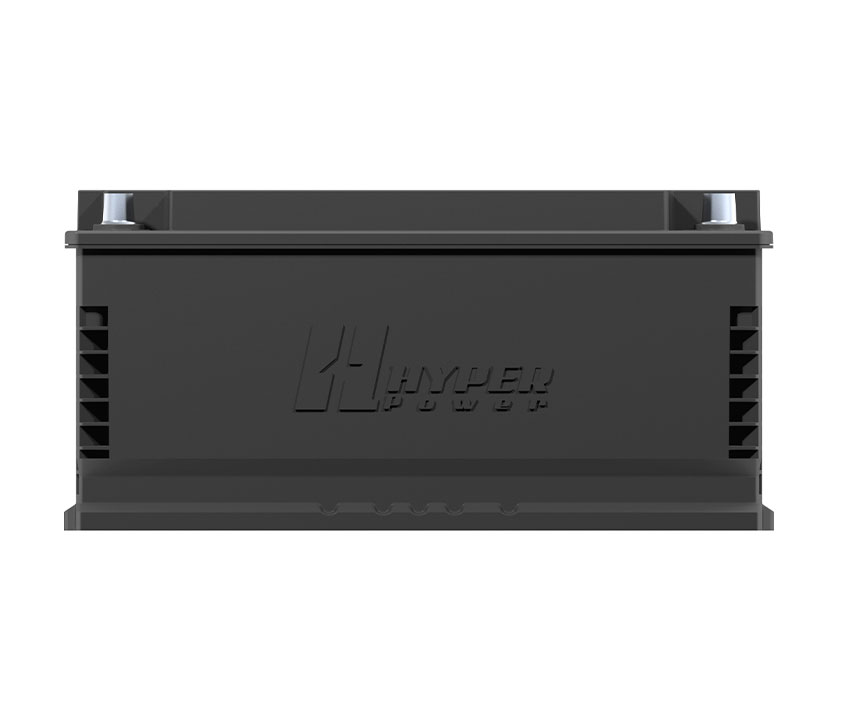
Why the 12V Lithium Ion Car Battery is the Smarter Automotive Power Solution — Insights from JEJE Energy
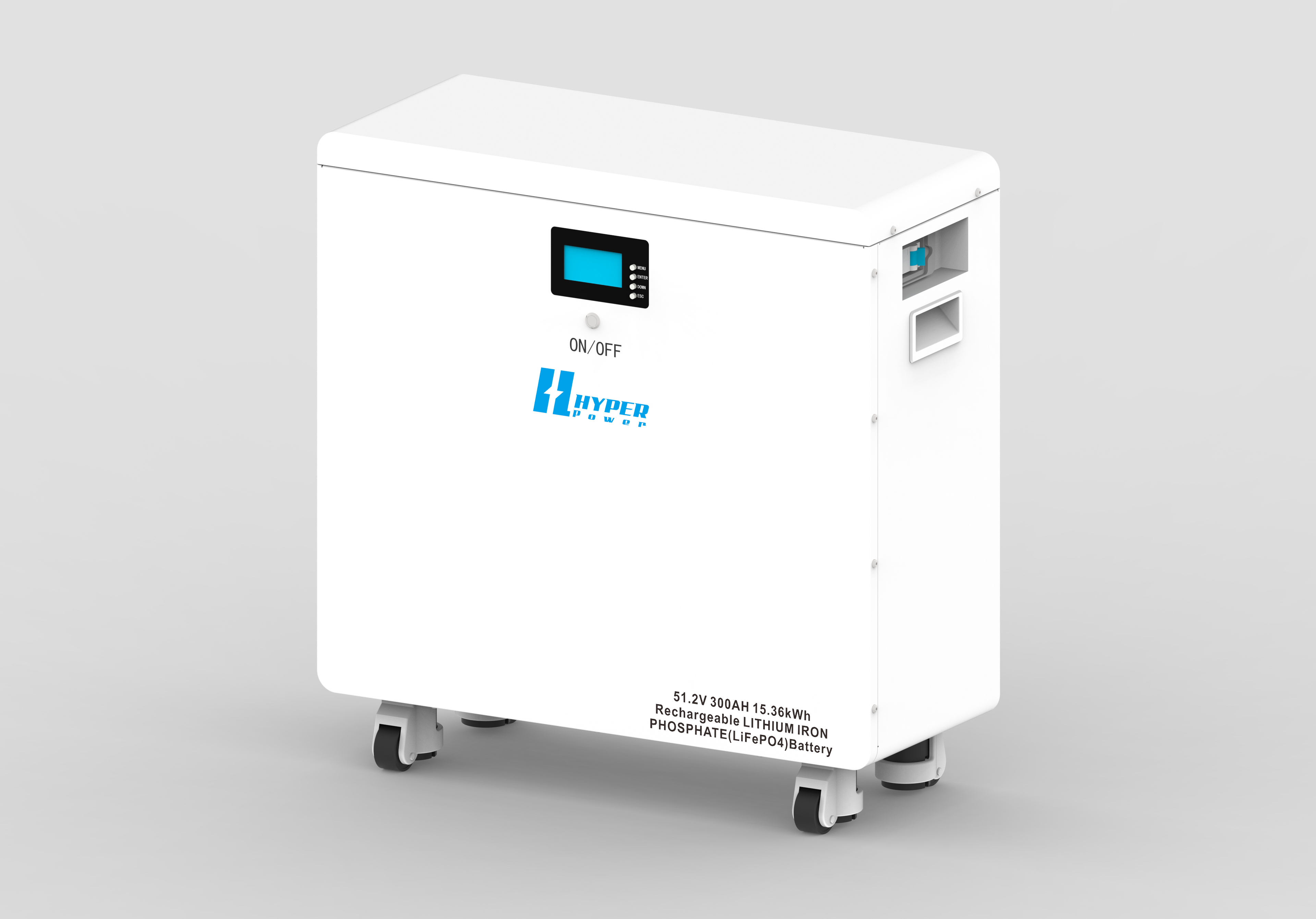









.jpg)











